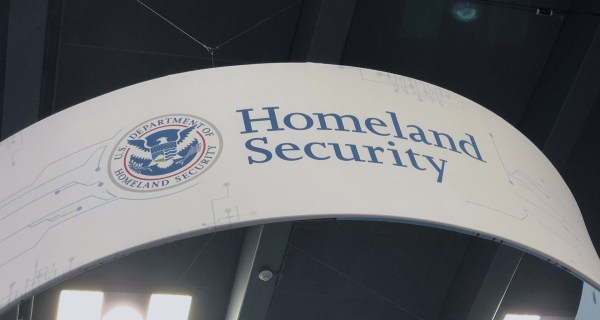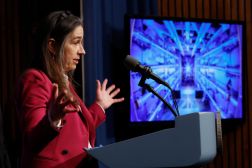Three ways machine learning can end the security clearance backlog

When it comes to security clearances, the federal government has reached a crossroads. High priority positions in areas like cybersecurity and defense are going unfilled as the security clearance backlog surpasses 710,000 cases. The delay is impacting every aspect of the federal government from national security to IT modernization efforts, and its far-reaching impact continues to expand as the backlog grows.
Though the string of high-profile security clearance challenges making headlines has shined a light on the fact that our security clearance process is outdated, and according to the GAO, high risk, it’s something those within the federal government have seen coming for years and needs action now.
The good news is that a solution to this challenge exists. It’s time to end the security clearance backlog by improving and streamlining the process. The most effective way to do this is to leverage automated machine learning, which addresses many of the critical pain points in the security clearance process.
Use historical data to build predictive models
The most prominent opportunity for automated machine learning to help end the security clearance backlog comes from its use of historical data. Right now, a security clearance auditor reviews each applicant individually, analyzing their background and making their final decision based solely on that person’s history. This very manual and time-consuming process is not scalable considering today’s requirements.
Instead, automated machine learning can power through historical data that contains information from thousands of completed security clearance forms with all the pertinent information about why someone was or was not granted a security clearance. This highlights critical information for the reviewer before the applicant proceeds any further in this process, immediately triggering details from an individual’s past to gain the insights needed to make a decision on whether or not that application is granted or denied. These models are used to identify red flags in new applications, providing clearance auditors with areas to focus on in these flagged applications, but accelerating the process for applications not flagged. This also ensures the same standards and decision processes are used for each case.
Empower federal auditors
The federal government is short-staffed nearly everywhere. For security clearance background checks, that means that on top of an already massive backlog, there isn’t enough staff to review security clearance applications. Automated machine learning addresses this challenge by giving federal auditors the information and the time to review the complicated cases – a win-win for both the backlog and the workforce shortage.
For example, there are some red flags in a security clearance background check that immediately disqualify an applicant, while other investigations require a more advanced review. These more complicated cases are the ones that auditors should be spending their time on. But right now, auditors have to sort through clearance applications individually. By using predictive analytics, automated machine learning can identify applications that need the most attention while standard applications processed much more quickly.
Streamline the reinvestigation process
In recent Senate testimony, Charles Phalen, director of the National Background Investigation Bureau at the Office of Personnel Management, cited that there were more than 200,000 background checks in the backlog waiting for periodic reinvestigations. These are background checks for employees and contractors who already have their security clearances in place. To ensure work disruptions are at a minimum, security clearance auditors should be able to complete these reinvestigations quickly.
By quickly developing models specific to reinvestigations, automated machine learning can streamline the process by analyzing data on each applicant to rapidly discover if a security clearance is eligible for renewal quickly and simply. Because these security clearances have already been granted, reducing the 200,000 application backlogs for periodic rescreens is essential in addressing the more substantial backlog.
As the federal government begins to reshape its security clearance process, now is the time to implement technologies like automated machine learning that will help streamline the process and enable security clearance auditors to focus on the most important cases. Only by turning to automated machine learning can we end the security clearance backlog and get back to the business of governing.
Erin Hawley is Public Sector Vice President of DataRobot.




